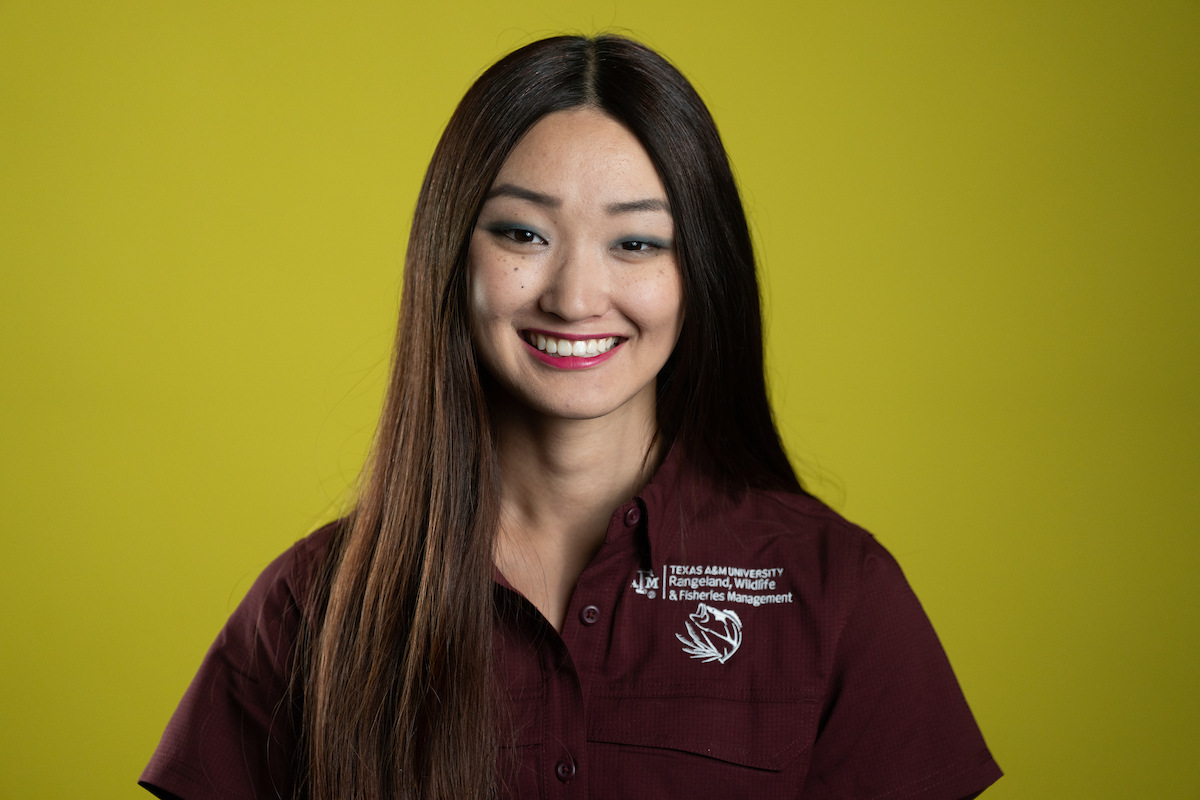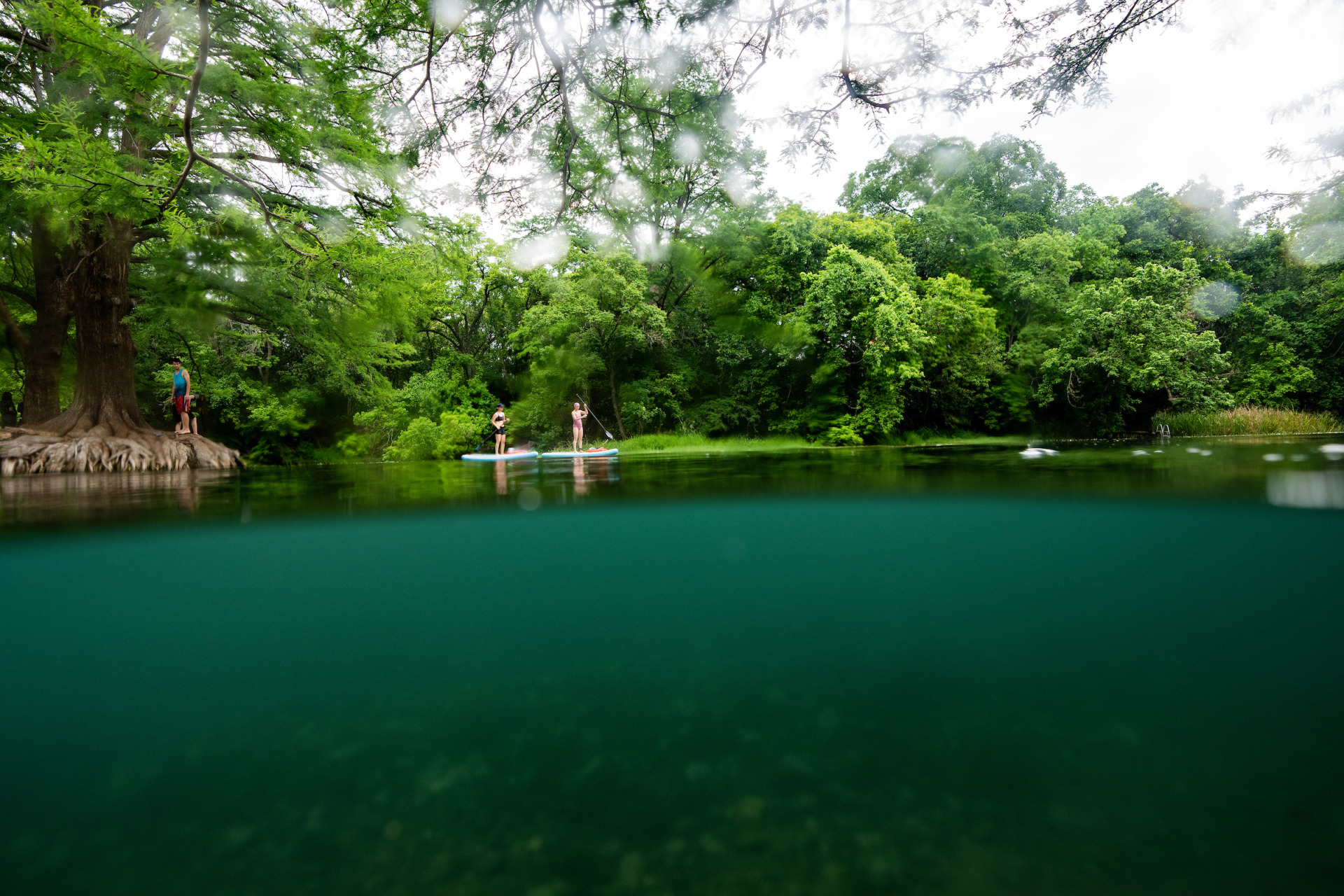Texas’ southern flounder stock enhancement program, led by the Texas Parks and Wildlife Department in collaboration with specialists from the Texas A&M AgriLife Extension Service, celebrated a record production year in 2022 with the release of nearly 300,000 juvenile southern flounder across the state’s Gulf Coast.
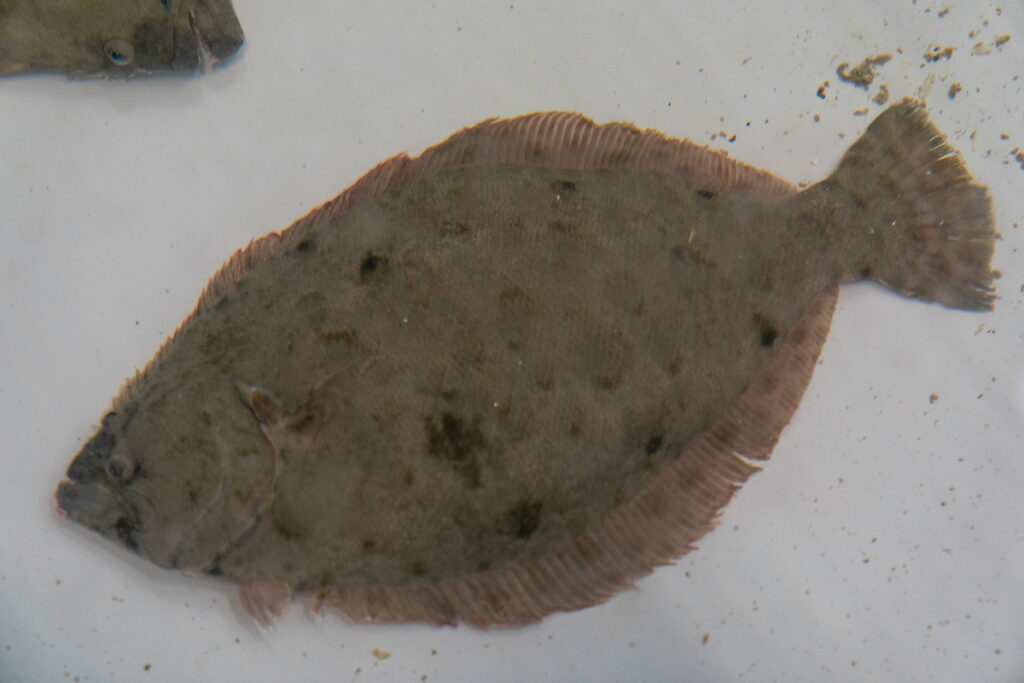
“That more than triples our 10-year historical restocking average for southern flounder,” said Christopher Mace, Ph.D., director of the Texas Parks and Wildlife fisheries enhancement program, Coastal Fisheries Division.
This serves as an important milestone as biologists work to reverse more than three decades of southern flounder population decline seen across their native range, which spans from the Mid-Atlantic southward into the Gulf of Mexico.
Over the last decade, Todd Sink, Ph.D., associate professor in the College of Agriculture and Life Sciences Department of Rangeland, Wildlife and Fisheries Management and AgriLife Extension aquaculture specialist, has worked with Texas Parks and Wildlife to address key issues related to fisheries health, as well as aquaculture production of a variety of fish species.
Sink was part of the development and initial testing of a slow-release gonadatropic hormone that enables hatchery managers to synchronize spawning across broodfish while also ensuring the eggs are abundant and of high quality.
Increasing the stocking supply
“Our goal is to produce fingerlings for stock enhancement,” Mace said. “But, because of the sophisticated nature of some of the species we work with, research is needed to develop the techniques to raise these juvenile fish efficiently and cost effectively. That’s where folks like Todd Sink offer their expertise.”
While the addition of two new saltwater hatchery buildings located at the Coastal Conservation Association Marine Development Center in Corpus Christi and Sea Center Texas in Lake Jackson played a role in reaching the 2022 stocking milestone, Mace said cooperation with academic institutions like Texas A&M University are critical to the success of the state fisheries program.
Their most recent collaboration focused on southern flounder, currently recognized as a state Species of Greatest Conservation Need.

“We see our oceans getting warmer, and this is a big issue for southern flounder. Females can produce up to 400,000 babies a year. If we’re not getting any females, the population is not growing.”
Todd Sink, Ph.D.
Associate professor in the College of Agriculture and Life Sciences Department of Rangeland, Wildlife and Fisheries Management and AgriLife Extension aquaculture specialist
Warmer water temperatures, flounder decline
While several factors have contributed to the flounder decline, Sink said water temperatures are critical because of their role in the sexual development of the fish.
“Whether they develop as a male or female wholly depends on water temperature,” Sink said.
Beginning in October, southern flounder migrate from bays into offshore waters to spawn. Spawning can last through January, and as larval flounder develop, they drift with the currents back into bays and estuaries in the spring.
While a moderate water temperature of around 73 degrees produces a roughly even amount of both males and females, a single degree increase can result in nearly all the fish developing as males.
“We see our oceans getting warmer, and this is a big issue for southern flounder,” Sink said. “Females can produce up to 400,000 babies a year. If we’re not getting any females, the population is not growing.”
Further, as a sexually dimorphic species, female flounders are larger than males, making them more appealing to anglers.
“So, again we’re likely causing more harm to the population because we’re only removing those valuable females,” Sink said.
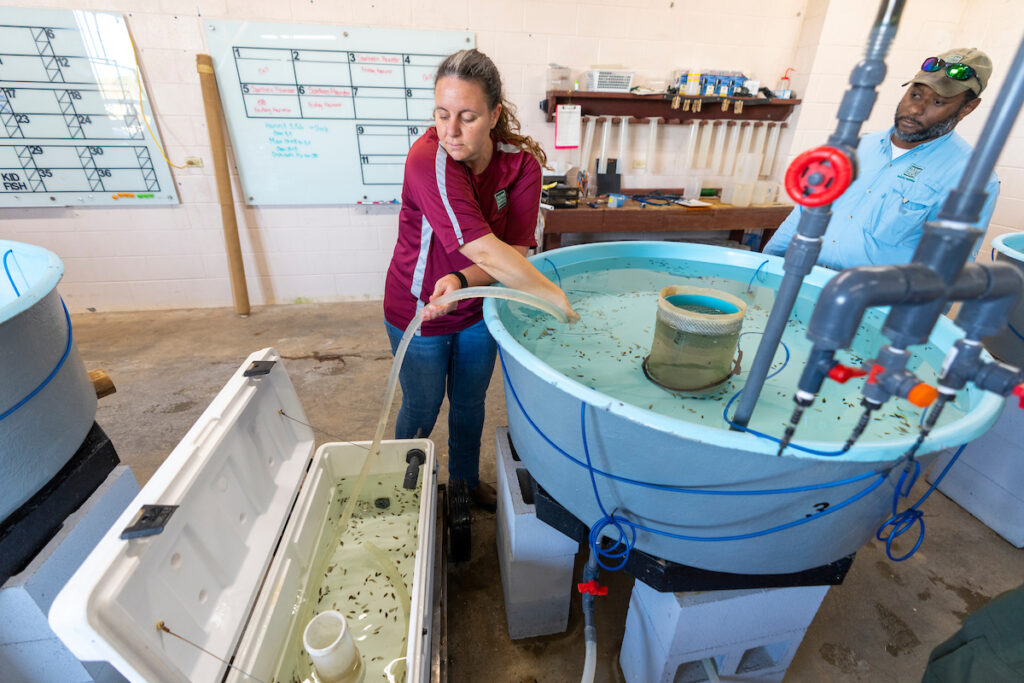
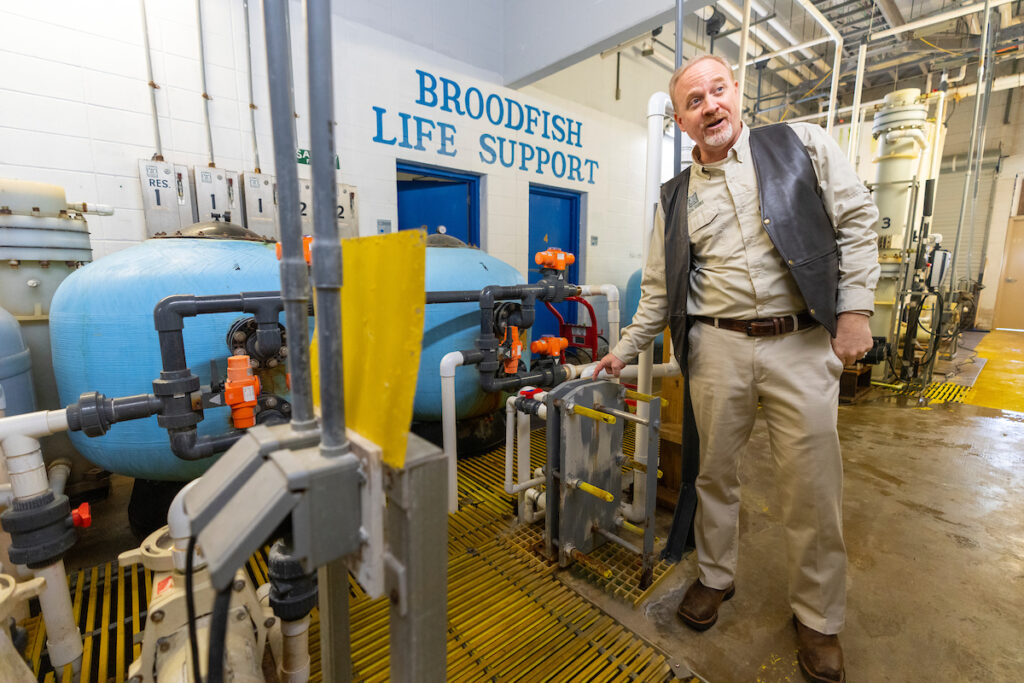

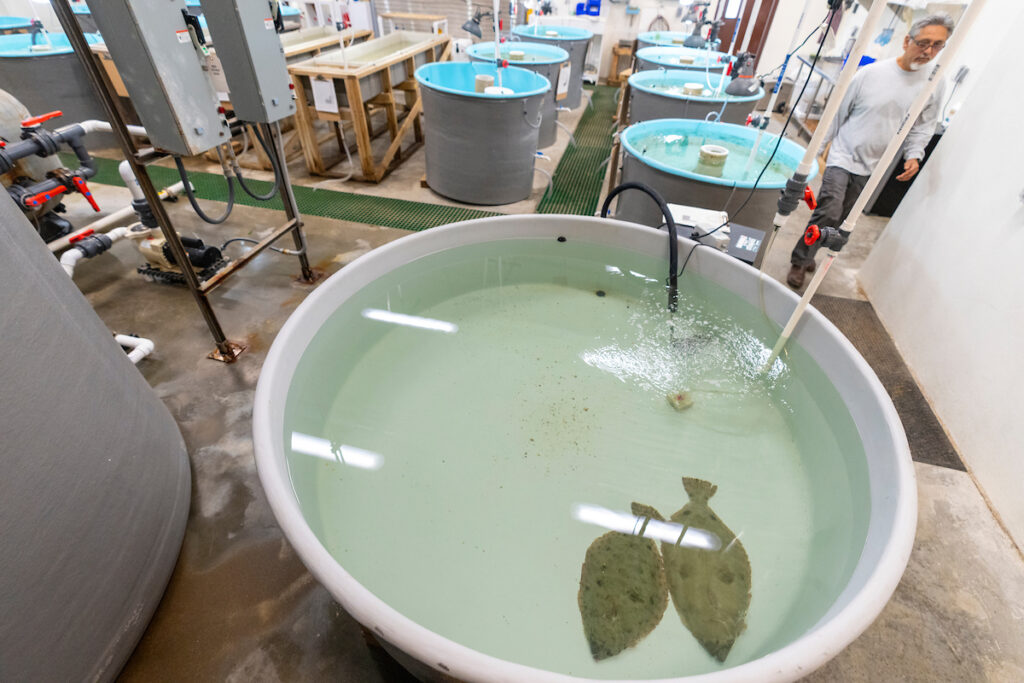
Texas’ southern flounder recovery plan
In 2006, the Texas Parks and Wildlife Department initiated the southern flounder stock enhancement program to conserve and bolster wild flounder populations in the Gulf of Mexico.
Southern flounder, red drum and spotted seatrout are widely recognized as the most popular species for anglers along the Texas coast. While Texas Parks and Wildlife had worked extensively with red drum and spotted seatrout restocking efforts, the requirements for hatchery-scale flounder broodstock and larval development were not well known at the time.
“While there was some southern flounder research coming out of North Carolina and Florida, the technology hadn’t been developed to do it at a hatchery scale here in Texas,” Mace said. “It was very experimental in those first years, and our flounder stocking production was highly variable and considerably lower than it is today.”
In addition to building protocols and hatchery capacity for southern flounder, Texas Parks and Wildlife also uses science-based data to guide southern flounder fishing regulations. This included a six-week closure to recreational and commercial flounder fishing during the 2021 spawning season to ensure greater spawning numbers.
Collaboration leads to greater hatchery success
Roughly five years ago, biologists from Texas Parks and Wildlife approached Sink about the use of a time-released synthetic gonadotropin hormone derived from salmon to assist in the spawning of cobia — a large, migratory game fish found in the Gulf of Mexico.
“They asked if I would be interested in exploring the use of this hormone in their southern flounder spawning efforts,” Sink said. “We said ‘absolutely,’ and it has been working great ever since.”
Hatchery managers can stimulate the release of eggs within a designated period by introducing gonadatropic hormones to fish. In vertebrates like humans and fish, these hormones regulate the functions of sexual organs, including the release of eggs. This ability to stimulate spawning is important to the highly coordinated efforts of biologists and fishery technicians.
“I’ve been investigating the use of this hormone in about seven or eight different fish species over the past five years,” Sink said.
To ensure new medications and products utilized in fish culture and fisheries management don’t negatively affect animals or the environment, researchers must follow strict protocols and data collection administered by the U.S. Fish and Wildlife Service’s National Investigational New Animal Drug Program.
“We are conditionally licensed to use this hormone, so it has been proven safe and effective in southern flounder,” Sink said. “What we’re doing now is collecting the data needed to gain licensing so that it applies to all fish species, and we can use it on a broad scale.”


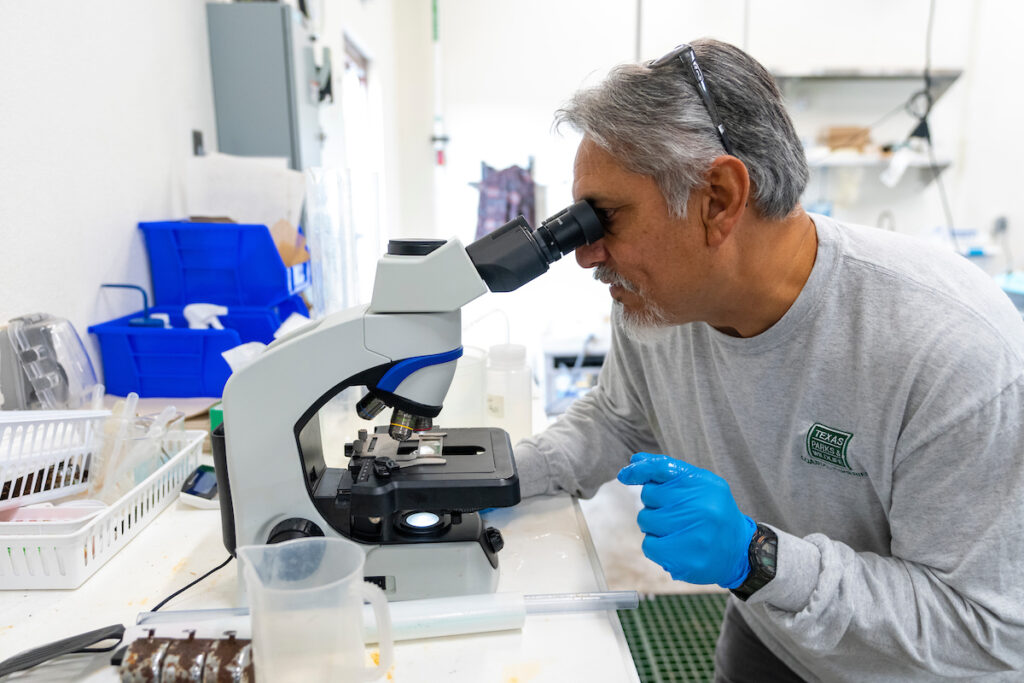

Using the hormone in a flounder hatchery
Within the carefully controlled indoor systems where southern flounder broodstock are held, biologists and hatchery staff control the amount of light and water temperature experienced by the fish.
“Through this photothermal period, we can simulate the natural conditions of all four seasons in about 150 days,” Mace said.
As the October spawning season begins, biologists select broodstock to inject with the slow-release hormone, which takes effect over a period of days.
“Within the fish we select, we may have one that is ready to spawn tonight, while another isn’t ready to spawn for another week,” Sink said. “Rather than causing the second fish to immediately spawn, resulting in eggs that are less viable, the slow-release hormone triggers the fish to undergo vitellogenesis.”
Sink said vitellogenesis mobilizes lipids stored in the broodfish’s liver to be transported to her eggs to ensure proper maturation.
During this synchronized spawning period, biologists then obtain the southern flounder eggs through a process known as strip spawning. By applying gentle pressure to the flounder’s abdomen, biologists collect free-flowing eggs into a beaker.
Milt, the sperm-containing fluid in fish, is then extracted from male flounder using the same strip spawning process and introduced to the beaker containing the eggs, along with salt water.
Each batch of hatched larva then cycle through separate holding tanks as they undergo metamorphosis and mature into juvenile flounder over a period of 30 to 50 days. As each single-aged batch cycles through development and subsequent tanks, new batches are added to available tanks.
When released into the wild, these juvenile flounder are roughly half an inch in length.
“At this point, they are much more adaptable to changes in temperature, salinity and other water quality issues they may face in the natural environment,” Mace said.
This translates to greater survival and, hopefully, stronger southern flounder populations.



Ongoing collaboration to continue
In addition to their current work, Sink and other Texas A&M researchers previously focused on best methods to produce gynogenetic clones of female southern flounder for the aquaculture industry.
“If we can produce farm-raised southern flounder, you don’t have to take as many fish from the wild, because we’re filling a part of the market demand,” Sink said. “That’s just one way to relieve pressure on our existing wild southern flounder stocks.”
Sink and Texas Parks and Wildlife hope to shed light on environmental toxicity affecting larval development in flounder and improve milt collection and storage in order to boost stock enhancement numbers.
“Southern flounder are an important part of our coastal fisheries, our recreation and our coastal economy,” Mace said. “As an agency, we are tasked with managing this resource, and our university research partners enable us to do this successfully.”


